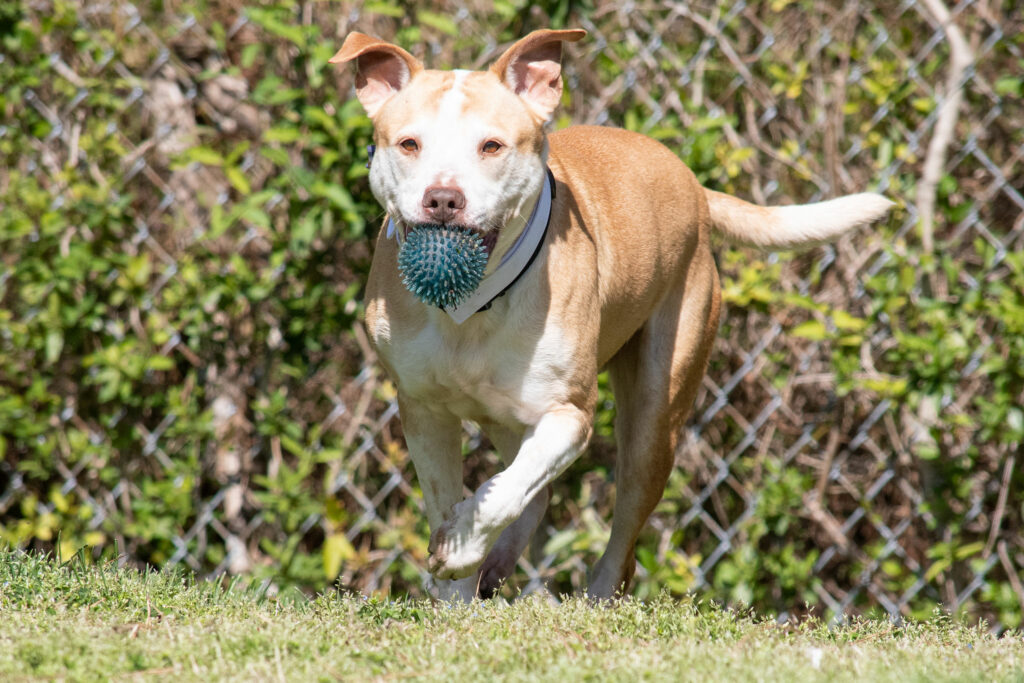Have you noticed a lot more dog walkers roaming town? Or maybe a neighbor’s new cat roaming your backyard? During the pandemic, a trend suddenly took hold as many people acted on, perhaps, a childhood dream or longstanding promise to adopt a pet. Animal shelters and rescue organizations have become quite popular during COVID-19 times for a variety of reasons and the adoption rate reflects this.
Linda Torelli is the marketing director for the Brandywine Valley SPCA, which oversees five locations between Dover, Georgetown, New Castle, West Chester, and Plymouth Meeting. During Winter Storm Uri, the BVSPCA rescued more than 200 dogs and cats from Texas when the state lost power and regular access to water. The animals were relocated to the West Chester and New Castle locations.
Torelli commented the BVSPA has seen a substantial increase in adoptions over the past year. Adoptions rose 18 percent compared to 2019 and 2020. This increase has been consistent in all BVSPCA locations and has not dropped off yet. According to the BVSPCA website, 4,380 animals and counting have been placed this year.
“We’ve been thrilled to see both dogs and cats adopted at equally high rates,” Torelli stated.
“In cats, we saw a 50 percent increase in adoptions in 2020 over 2019. In dogs, we saw about a 25 percent decrease, but we took in fewer dogs in 2020 over 2019 (about 20 percent),” Nichola Redmond, site director of Main Line Animal Rescue in Phoenixville, said. However, adoption applications at Main Line Animal Rescue have slowed in the past three weeks.
Redmond also noted the return rate for adoptions has decreased compared to normal rates prior to the pandemic.

The motivations driving increased adoption rates are varied. According to the CDC, the health benefits of owning a pet are considerable. Pet owners enjoy decreased blood pressure, cholesterol levels, and triglyceride levels. They also report experiencing less loneliness and better physical health due to increased opportunities for outdoor exercise, a relevant factor considering increased rates of stress and depression during the pandemic.
“Some people adopt because they had been considering it and find having more time at home makes it the right time to acclimate a new pet. Others say they are adopting for companionship and the positivity a pet brings to their home,” Torelli commented.
“I do think that a number of reasons have caused more people to think of adoption including the ability to work from home, less desire or ability to travel and just a different view on keeping activities local, community or home centered,” Redmond said.
Whatever the reason people have for adopting, there have been significant ripple effects[MOU1]. In the United States, pet food sales increased by almost 10 percent in 2020, generating $42 billion for the year. Pet care supplies sales grew as well by 15 percent in 2020 and veterinary care and product sales by 7 percent. However, pet grooming services decreased due to COVID-19 related closures.
For those not prepared to adopt, fostering is an option that has also gained momentum during the pandemic.
“We have seen an increase in folks offering to foster pets. These are people who want to use the time they have at home to help a cat or dog but know they won’t have the time for a permanent new addition to the family. For our holiday sleepover program, for instance, we had more than 800 people apply,” Torelli said.
Pet adoption has captivated people’s attention from both pandemic-spurred rates as well as the new presidential and first rescue dog to call the White House home. President Joe Biden’s rescued German shepherd Major contributed to the uptick in ped adoptions, according to Torelli.
“The Biden’s choice to rescue a dog has been invaluable in spreading the word for adopting. It’s also helped remind folks that their local shelter has a wide range of animals of all sorts of ages, sizes, and breeds. You truly never know who you’ll meet in a shelter, and there’s a pet to match just about every family,” she stated.
“Our adopters, particularly in Delaware, are very proud to have a local rescue dog in the White House.”

